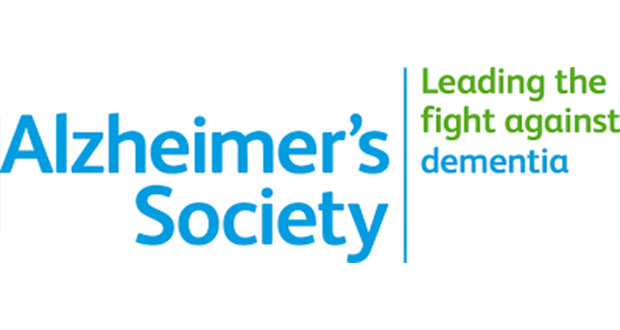Research That Holds The Key To Understanding Alzheimer’s
 Ahead of World Alzheimer’s Day (today, 21 September), Animal Defenders International (ADI) is highlighting the advanced human-based techniques that hold the key to understanding Alzheimer’s, rather than outdated animal tests that can be misleading.
Ahead of World Alzheimer’s Day (today, 21 September), Animal Defenders International (ADI) is highlighting the advanced human-based techniques that hold the key to understanding Alzheimer’s, rather than outdated animal tests that can be misleading.
Jan Creamer, President of Animal Defenders International, said, “Human-based, innovative research techniques show the way to understanding Alzheimer’s, helping sufferers of the disease. When genetically engineered in animals, the disease is not the same and combined with species differences results can be misleading. ”
An estimated 47 million people are living with dementia worldwide, a figure expected to rise to 75 million by 2030, and triple by 2050. Alzheimer’s disease is a specific form of dementia affecting an estimated 527,000 people in the UK.
For decades, attempts have been made to discover the causes of Alzheimer’s and look for potential therapies, using animals such as mice, who have been genetically modified to suffer Alzheimer’s-like symptoms. However, these ‘models’ of the disease are not the same as the disease in humans. These differences, together with the underlying differences between mice and humans, make for crucial problems in applying such research to people. Many scientists are finding the way forward in advanced scientific techniques such as:
- Human patient tissue samples to study genetics of the disease
- Study of tissue biobanks, which contain the data from thousands of healthy volunteers, to help identify Alzheimer’s risk
- Research with Alzheimer’s patients which allow studies of disease progression
- Post-mortem studies of the diseased brain
- Use of human stem cell for drug discovery
- Population studies to explore connections between Alzheimer’s disease and environmental or lifestyle factors.
Human studies have helped to identify a number of lifestyle risk factors that could reduce the risk of disease. Evidence suggests a link between heart disease and the development of Alzheimer’s, with high calorie intake also associated with a higher risk. Increasing physical activity and certain foods like nuts, fruit, and dark, leafy vegetables, and avoiding red meat, butter, and dairy products could reduce risk of disease later in life.
Advanced non-animal alternatives avoid the fundamental differences between species in their reaction to substances and misleading results from animal models. For example, in rodent models, animals show very little brain cell loss, unlike in Alzheimer’s disease.
Recently, scientists have found potential treatments in animals, only to find that when this information is applied to humans, they have failed, for example:
- Aspirin – Showed potential in genetically engineered (transgenic) mice, who were killed to analyse the effects on their brains, but tests in Alzheimer’s patients showed “no beneficial effects”.
- BACE – A class of drug which had a positive effect on the brains of Alzheimer’s mouse models, but for which clinical trials were abandoned after it was found to be “completely useless” at slowing or preventing the disease in patients.
- Azeliragon – This new drug was tested in transgenic mice with Alzheimer’s symptoms leading researchers to suggest it could “slow cognitive decline and improve cerebral blood flow” in patients with mild disease. The drug failed with clinical trials terminated early
The use of animal models are not only misleading, they cause animals to suffer too.
During a transgenic mouse study funded by the Alzheimer’s Society in the UK, mice were injected with a drug or saline daily for 8 weeks. Mice were repeatedly placed in an aluminium ‘arena’ to see if they were anxious and were also forced to swim in a water bath, with no means of escape. Aside from the distress and suffering caused by the daily injections and behaviour tests, this highly sociable species were also individually housed.
The same drug was also tested on monkeys by researchers from the UK, US, Canada and Brazil at Queen’s University, Canada. Nine macaques aged 9 or 16 years old had a hole cut into their skulls over which a window was fixed. Six of the animals were sedated for injections of a synthetic protein through this hole and directly into their brains, administered every three days for up to 24 weeks. Two of the monkeys were then injected with the drug daily for the duration of the experiment, until all animals were killed and their brains removed for analysis





